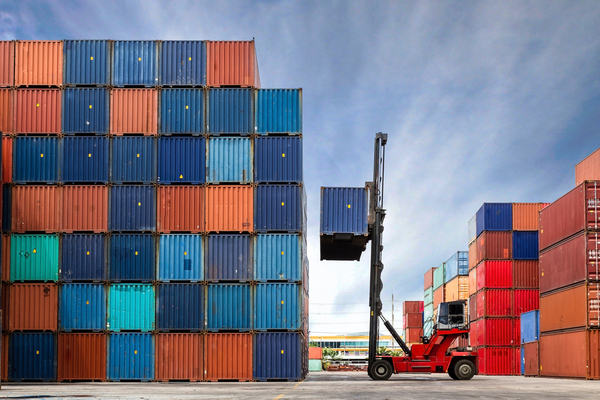
The Unknown Dangers of Shipping Containers
With the push to keep costs to a minimum, project and site managers often find themselves being resourceful and repurposing items; shipping containers would arguably be top of the list for reuse. A solid, heavy duty, lockable, transportable shed, purchased at low cost due to previous use, does indeed seem to be an ideal storage solution. But what are the hidden risks?
Unknown residual vapours
Designed to store and transport goods over a lengthy period of time, and designed to be water tight, a shipping container could have originated from almost any part of the globe. With a lot of countries having much lower safety and commercial standards than Australia, almost anything could have been kept inside it. Do you know what the shipping container may have been used to carry and store previously? Where there any hazardous chemicals or dangerous substances? Is there any remaining vapour? Shipping containers are made to remain water tight, which means no ventilation, so the chances of dangerous vapours remaining trapped and undetected is a real one.
Depending on the type and concentration of the hazardous chemicals, health effects can include:
- allergic contact dermatitis
- headaches, dizziness and nausea
- irritation to the eyes, respiratory system and skin
- respiratory disease
- in some cases, death
Storing flammables or combustibles:
Storing compressed gases, such as LPG bottles, in an area with little to know ventilation can produce horrific fires or explosions if they get too heated. Other flammables, such as propane, have been known to cause serious raptures in shipping containers, with as little as a one kilogram leak.
Watch the video via the link below to see how a BBQ and gas bottle being stored in a shipping container became an actual bomb overnight, injuring a worker and causing thousands of dollars of damage.
Should shipping containers be used for storage at all?
When making any purchase for a worksite, a risk assessment is recommended. Somethings to keep in mind might be:
- Has an Occupational Hygienist been able to test for unknown vapours and provided evidence of none being present?
- Is there adequate ventilation?
- Is there a means of releasing the doors from the inside?
- What other items are being stored in the container?
- Has the chemical Safety Data Sheet been consulted to confirm storage and segregation conditions?
- What are other viable storage arrangements?
- Has adequate fire fighting equipment been put in place?
- Have workers been provided an appropriate amount of training?
If you have any questions about shipping container safety, feel free to contact us at Red Insight, the Home of Insightful Safety.

